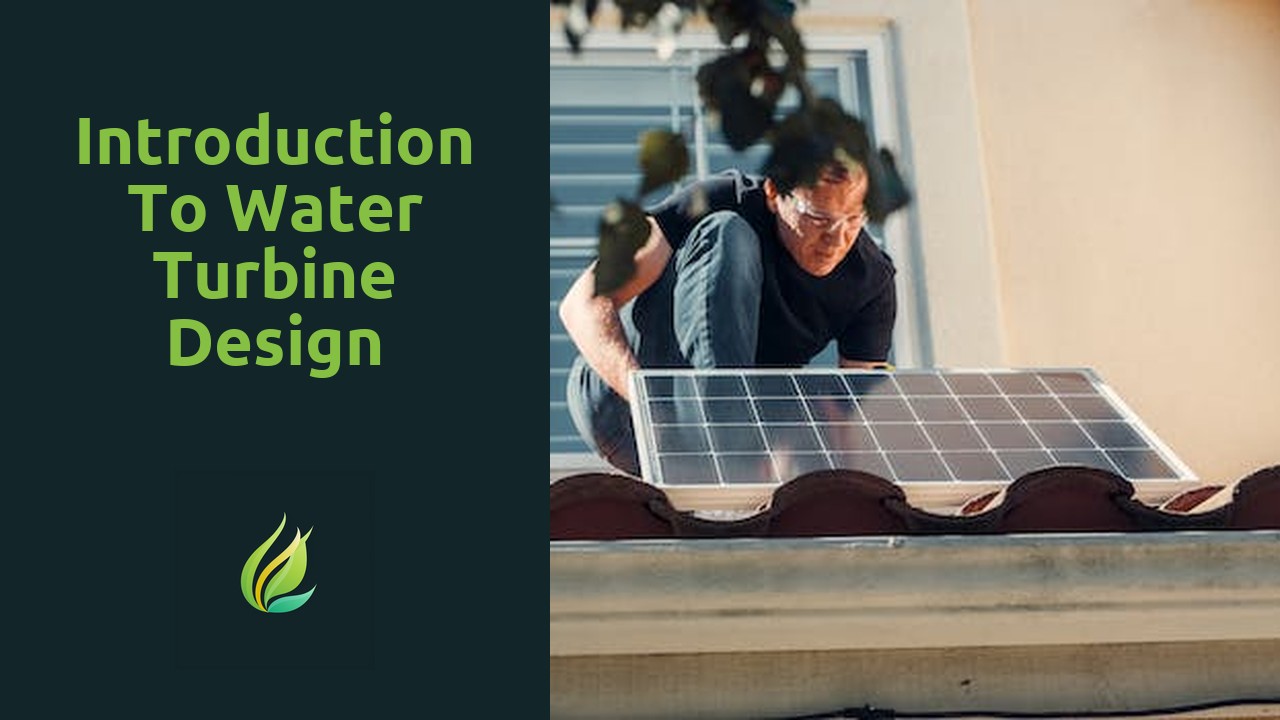Introduction to Water Turbine Design

The "- " option does not exist. The "- " option does not exist.
Heading 5: Environmental Considerations in Water Turbine Design
As the demand for renewable energy sources continues to grow, the importance of considering environmental factors in water turbine design becomes increasingly crucial. While turbines play a vital role in harnessing the power of flowing water, they can also have negative impacts on the surrounding ecosystem. It is therefore essential to strike a balance between energy production and minimizing these potential environmental disturbances.
One key concern in water turbine design is mitigating the interference with fish and wildlife. Traditional turbine designs often pose a threat to aquatic species, particularly fish, as they can become trapped or injured by the rotating blades. To address this issue, researchers and engineers are exploring innovative solutions such as fish-friendly turbine designs that incorporate features like curved blades and increased spacing between them. By considering the specific behaviors and habitats of the local fish and wildlife, designers can develop turbines that minimize their negative impact and create a more sustainable solution for energy generation.
Related Links
Understanding the Basics of Water TurbinesCase Studies of Successful Wind Energy Grid Integration
All there is to know about foam injection molding Manufacturing
Comparison of Biomass Power Plants to Other Clean Energy Sources
The Role of Biomass Power Plants in Renewable Energy Mix
Biomass Power Plant Emissions and Environmental Impact
Biomass Fuel Handling and Preparation in Power Plants
Biomass Power Plant Construction and Design
Biomass Power Plant Efficiency and Performance
Challenges in Operating Biomass Power Plants